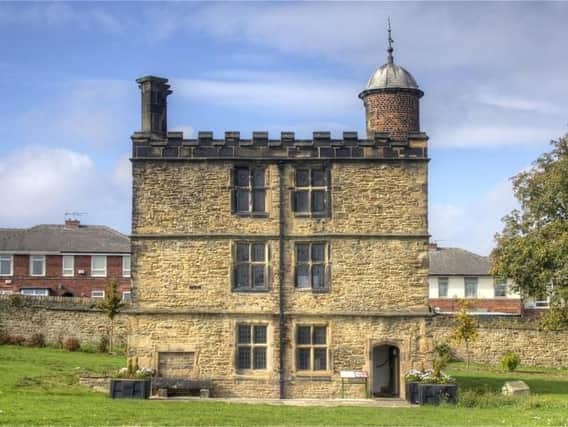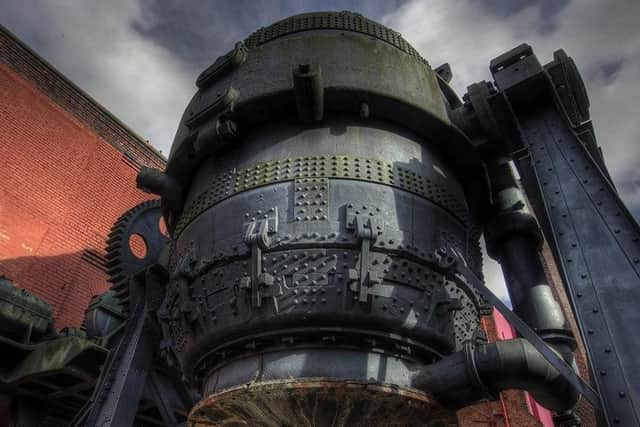Medieval Sheffield's steel and knife trade Chaucer connection


However the revellers probably wouldn't be aware that it was centuries earlier during the medieval period that it seems Sheffield's steel and knives industry really kicked off.
The city gets a special mention in Geoffrey Chaucer's Canterbury Tales for this reason. Â Written around the 1380s-1400 Chaucer's work is considered to be one of the first substantial works of literature written in English, rather than Latin, although an untranslated version would still be incomprehensible to us today! By the early 17th Century Sheffield was second only to London for its cutlery production.
Advertisement
Hide AdAdvertisement
Hide Ad

Most of this production was powered by water-wheels, using the fast flowing streams flowing in from the Peaks, such as can be seen at the Shepherd Wheel Museum, a grinding workshop that is believed to have been operating since Elizabethan Times. In 1624 the '˜Company of Cutlers in Hallamshire' was created to oversee production in the city. Its offices sit opposite the Cathedral, although its more recent vocation as a function room is probably less illustrious than its once significant role in the development of the city.
Cutlery aside for one moment, towards the end of the medieval period Sheffield once again played an important role in British politics. During varying periods of the 1570s and 1580s Mary Queen of Scots was kept imprisoned at Sheffield Manor House by her cousin Queen Elizabeth I.
Fearing Mary would be a figure around whom Catholic rebels would gather to oust her, the staunchly Protestant Elizabeth imprisoned her cousin for 19 years before executing Mary for being loosely connected to a plot to assassinate her. Now a wedding venue, prospective grooms celebrating at Manor House might not want to dwell on the fates of Mary's husbands; the first dying of disease at 16, the next being murdered, and her last husband who died after spending the last ten years tied to a post in prison. Perhaps, however, Mary had the last laugh as Elizabeth the '˜virgin queen' died childless and Mary's son, already King of Scotland, became King James of England, the first monarch of the whole of Great Britain.